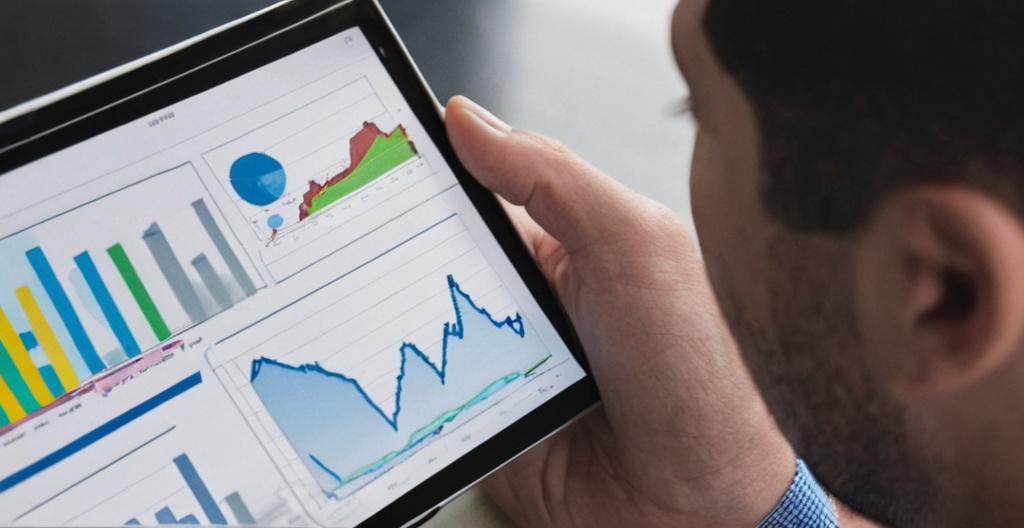Key Take Aways About Cryptocurrency Trading
- Crypto trading involves speculating on price movements and can be highly unpredictable.
- Technical analysis and chart patterns like candlestick charts are key tools for traders.
- Indicators such as Moving Averages and RSI help identify trends and market conditions.
- Common mistakes include emotional trading, over-leveraging, and ignoring stop-loss orders.
- Developing a strategy involves setting entry/exit points and backtesting with historical data.
- Market sentiment, gauged through media sources, influences trading environments.
- Successful trading requires strategy, patience, and staying informed.

Understanding Cryptocurrency Trading
Cryptocurrency trading isn’t just about buying low and selling high—it’s an entire world unto itself. If you’re into this sort of thing, you’re probably already juggling candlestick charts and pondering your next move in the wild ride of cryptocurrencies. Here’s a fun fact: not all traders are emotional wrecks yelling at computer screens. Some actually have a game plan.
What Is Crypto Trading?
Crypto trading involves speculating on price movements. You’re buying and selling with the hope that you can profit from market fluctuations. It’s akin to roller-coaster riding without a seatbelt; sometimes exhilarating, sometimes stomach-churning, always unpredictable.
Tools of the Trade
Traders use technical analysis (TA) to predict future price movements based on past data. Sounds fancy, right? But it’s as normal in crypto as breathing. Mainly, TA involves looking at charts and patterns to decide when to buy or sell. You’ve got line charts, bar charts, and everyone’s favorite, candlestick charts—each telling a different story of the market.
Charts and Patterns
Candlestick charts can be your best friend or your worst enemy. These charts display the high, low, open, and close prices for a given period, usually showing trends that are your go-to for making decisions. If you’re seeing a head and shoulders pattern, you’re probably getting a heads-up about a potential reversal. But if it’s a rising wedge, maybe consider taking an aspirin.
Indicators
To further muddy the waters, there are indicators like Moving Averages and Relative Strength Index (RSI). Moving Averages help you smooth out price action and highlight trends, whereas RSI gives you a glance at overbought or oversold conditions. It’s like trying to read a weather forecast in Greek, and hoping for a sunny day.
Common Mistakes in Crypto Trading
Most folks trip over common hurdles when trading crypto. Number one on the list? Emotional trading. You fall for FOMO (Fear of Missing Out) or panic sell at the first sign of a dip. It’s like going grocery shopping when you’re hungry; you end up with things you didn’t want and a lot of regret.
Over-Leveraging
Leverage is borrowing funds to amplify potential returns. Great if the market swings your way, disastrous if it goes in the opposite direction. It’s like playing poker with someone else’s money—when you win, you win big; when you lose, well, let’s just say it’s not pretty.
Ignoring Stop-Loss Orders
Stop-loss orders are your seatbelt in the roller-coaster ride. They automatically sell your position when it hits a certain price, helping you mitigate losses. Ignoring them is like driving without brakes and hoping for the best.
Developing a Strategy
You wouldn’t go into battle without a plan, would you? Same goes for trading. A well-thought-out strategy involves setting entry and exit points, risking only what you can afford to lose, and having realistic expectations. The market doesn’t care about your hopes and dreams; it only responds to data and strategy.
Backtesting
Before risking your dough, test your strategy with historical data. It’s akin to testing a casserole recipe before a dinner party. You wouldn’t want your guests grimacing over the main dish, just like you wouldn’t want to lose your hard-earned cash because you skipped the testing phase.
The Role of Market Sentiment
Market sentiment, basically how traders feel about the market, is a driving force. It’s like the mood of a room—contagious and hard to ignore. Sentiment analysis involves gauging these emotions through social media, news, and other sources.
Conclusion
Crypto trading is a high-stakes game of strategy, patience, and sometimes a little luck. While you can’t predict the future, understanding the basics can guide your decisions. Just remember, whether you’re a seasoned trader or a newbie, the key is to stay informed and make rational choices.